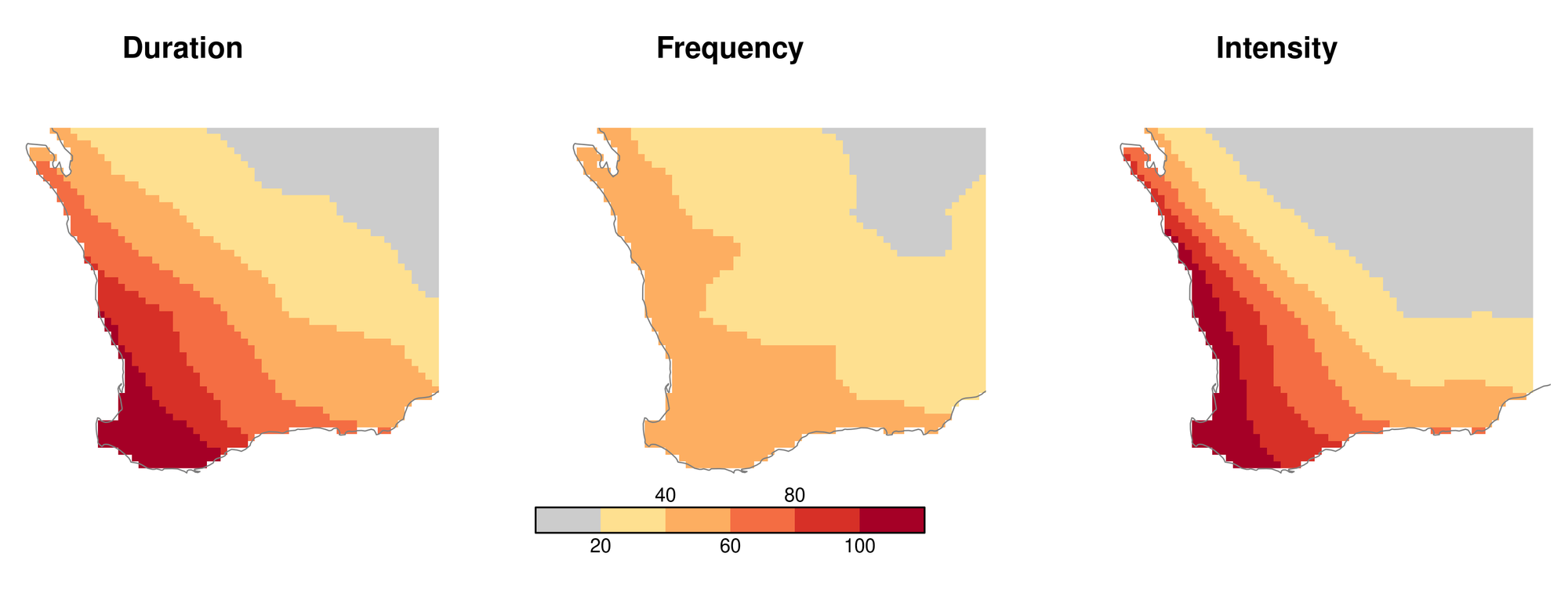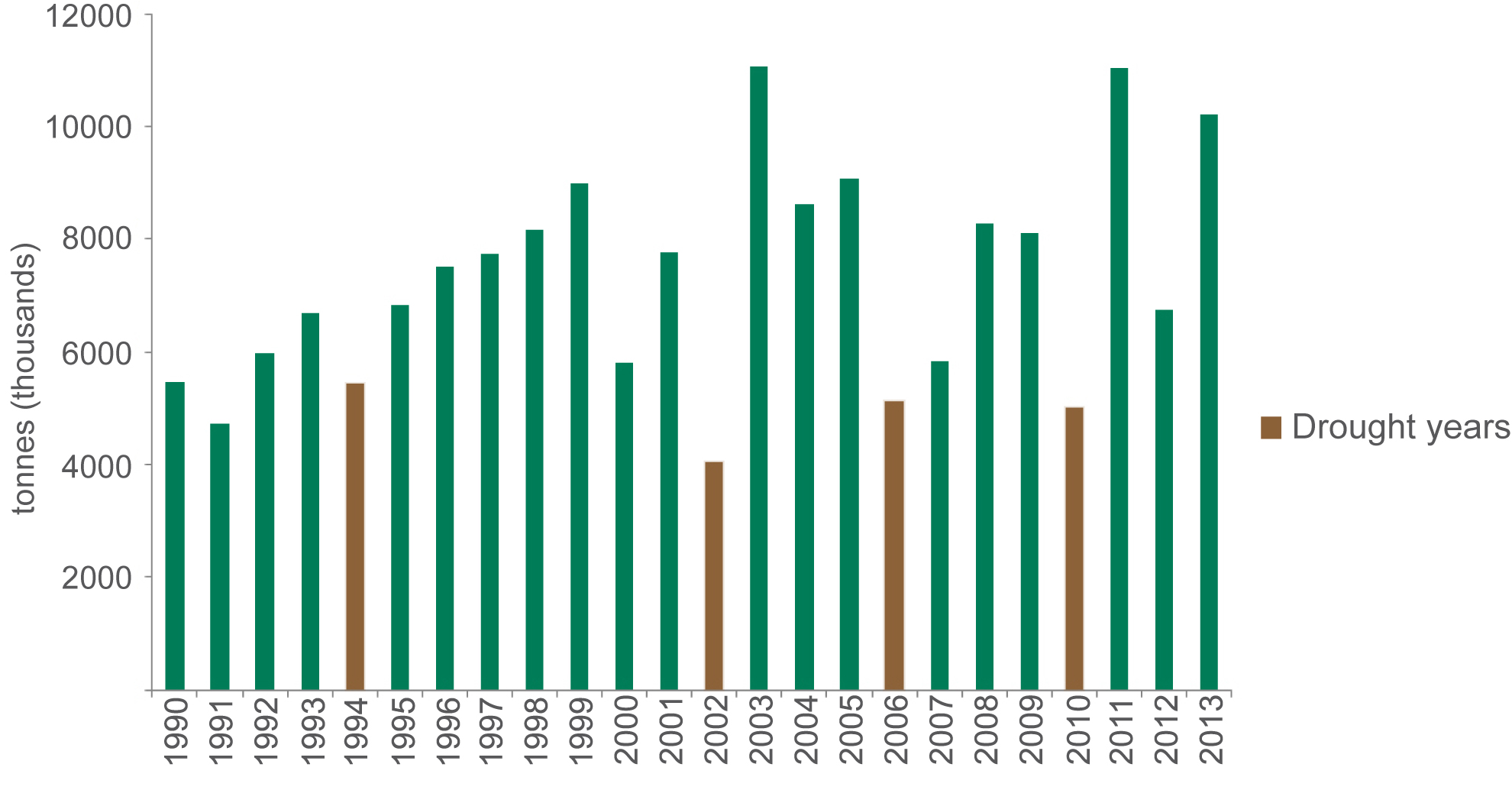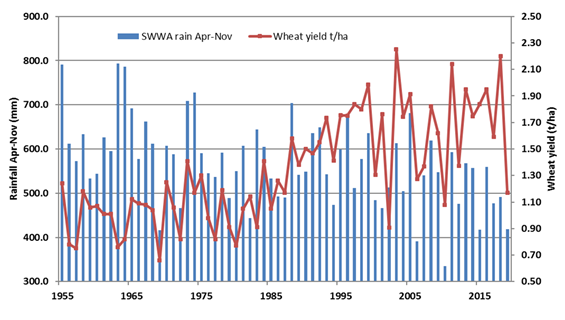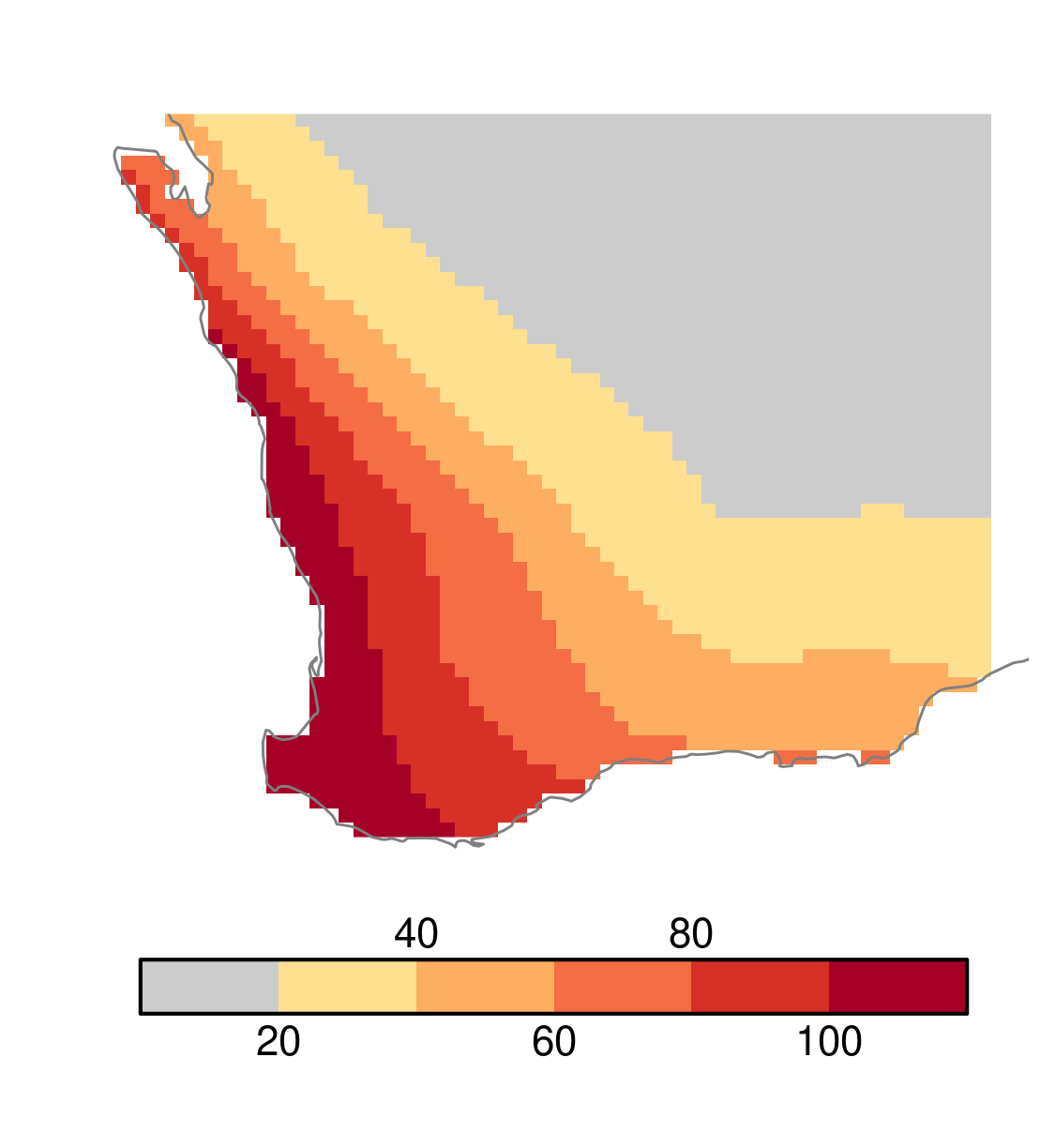🗡️ Who murdered the Murujuga rock art science?
Special Cluedo™️ edition 🔍 Was it Mr Cook or Prof Smith?
Droughts could be twice as long and severe in the greenest parts of South West WA from 2050 onwards if greenhouse gas emissions are not controlled, and some WA farms may become unviable.

The South-West of WA will be significantly more affected by droughts in as little as 20 years if greenhouse gas emissions continue without control, and farming technology may not be able to keep up.
The most populated and greenest part of the State, to the south-west of a line from Perth to Albany, will be hardest hit, according to new Australian research. The duration and intensity of droughts will more than double, and their frequency will increase by about 50%.
The research led by Dr Anna Ukkola from the Centre of Excellence for Climate Extremes at the Australian National University compared droughts that occurred during 1950-2014, a period already affected by global warming, with forecasts for 2050 to 2100.
"Numbers quoted are the high emissions scenario, a business as usual scenario, we keep pumping put greenhouse gas emissions, and for Australia that means approximately a 5℃ increase in the mean temperature by the end of the century," Ukkola said.
The work used the latest models of the climate, known as CMIP6, that require supercomputers to tackle the interrelated changes in the world's air, land and sea.
"We found the new models produced the most robust results for future droughts to date and that the degree of the increase in drought duration and intensity was directly linked to the amount of greenhouse gases emitted into the atmosphere," Ukkola said.

Ukkola said south-west WA was an area where many different climate models produced similar results, leading to high confidence that the results were accurate.
"The concerning part of what I found is that the changes extend further inland than was shown in previous studies and they extend further into the Wheatbelt area," Ukkola said.
"I don't know if thresholds will be exceeded for making agriculture non-viable in those regions, but that would definitely be a concern."
Murdoch University climate scientist Dr Jatin Kala said business as usual emissions would require agriculture to look very different.
"If we keep on the trajectory we are currently on years like the serious drought of 2010 will likely become more common, that's the scary part," Kala said.

"That's only one aspect of the story; there is a lot of work happening right now on drought-proofing agriculture.
"There are limits to adaptation; we are trying to maintain yield not necessarily increase yields; we are reaching that limit."
Kala said the more marginal farming areas, such as the northeastern Wheatbelt that was hard hit by drought in 2010, may become unviable even with more drought-resistant crops.
Department of Primary Industries and Regional Development research officer Ian Foster said while rainfall over the wider south-west of WA region had been declining since the mid-1970s, crop yields had increased.

"Given a halfway decent season growers can produce new record yields under modern farming systems, but it gets taken away by a dry growing season," Foster said.
There has been greater seasonal variability since about 2000, and the rate of increase in wheat yields had flattened.
"Thus far, broadscale agriculture has coped with these changes, and leads to the obvious question of how long can it continue to do so?" Foster said.
"In the short term we will see continued 'tweaking' of current farming systems to chase further water use efficiency, but the combination of duration, frequency and intensity of dry events will ultimately decide farm viability."
Foster said the future for agriculture was not clear.
"The scale and type of food production will clearly be determined by the environment, and farming systems in the second part of the century will probably look very different from the first part," Foster said.
"If we retain the bulk of our food and fibre based on rainfed production systems, we will be increasingly constrained on where and when we can produce."
Ukkola said while the new research clarified possible future outcomes, the message was unchanged.
"The earlier we act on reducing our emissions, the less economic and social pain we will face in the future."



Main image: Emus in a wheat field, Perenjori, WA. Source: Germane Jaws on Unsplash
All the info and a bit of comment on WA energy and climate every Friday